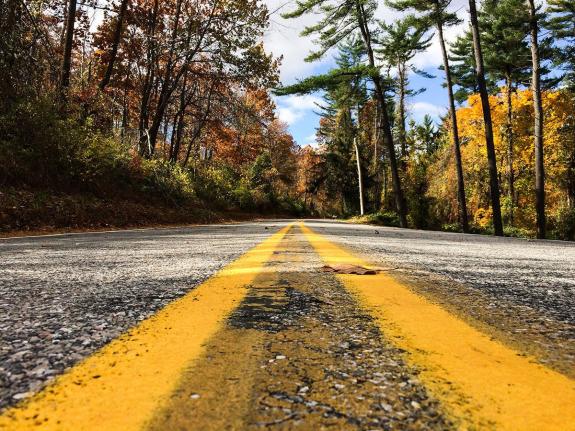Summer driving safety

The sun is out and the days are longer, but not all driving hazards disappear like the soggy weather does. We think of snow, rain and the other things we encounter on the road as more hazardous than anything we encounter in summer, right? You might be surprised!
We really should make a double effort to be safe in summer. In a data collection study by the National Highway Transportation Safety Administration (NHTSA), the peak time for motor vehicle accident fatalities between 1978 and 2002 was June, July and August – a trend that a 2012 study by the Insurance Institute for Highway Safety (IIHS) confirms still persists. There are many factors that contribute to this, including:
- A perceived increase in the number of pleasure-seeking (inattentive or distracted) drivers
- An increase in the number of young, inexperienced drivers on the roadways
- An increase in the instances of driving under the influence (DUI)
- An increase in the mixing of people walking or using bicycles, motorcycles and other modes of travel in and around the roadways
There are some steps we can all take to make the roadways safer this summer. Before jumping into the car for a drive, brush up on your defensive driving skills, make sure your vehicle is well maintained, and refresh your emergency kit. Good trip planning not only increases your safety, but may help you avoid packed roadways and unexpected detours. The sun itself poses many hazards. Consider wearing sunglasses and using the sun visors in your vehicle to ensure you won’t be sun-blinded when driving. Having a vehicle parked in sunny conditions can make the inside of your vehicle extraordinarily hot – you may want to consider parking in the shade, or installing a sun shield in your vehicle. For specific tips regarding summer driving, visit the National Highway Transportation Safety Administration (NHTSA) Summer Driving Tips website.




